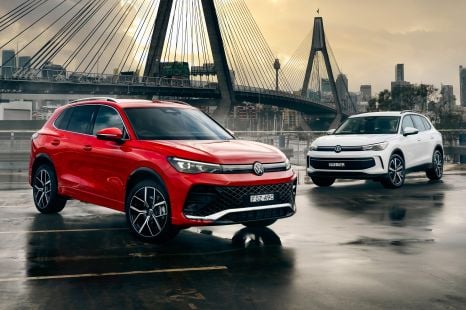

Max Davies
6 Days Ago
The top end of Volkswagen's passenger car range is about to get a little crowded, even as buyers flock to SUVs.

News Editor
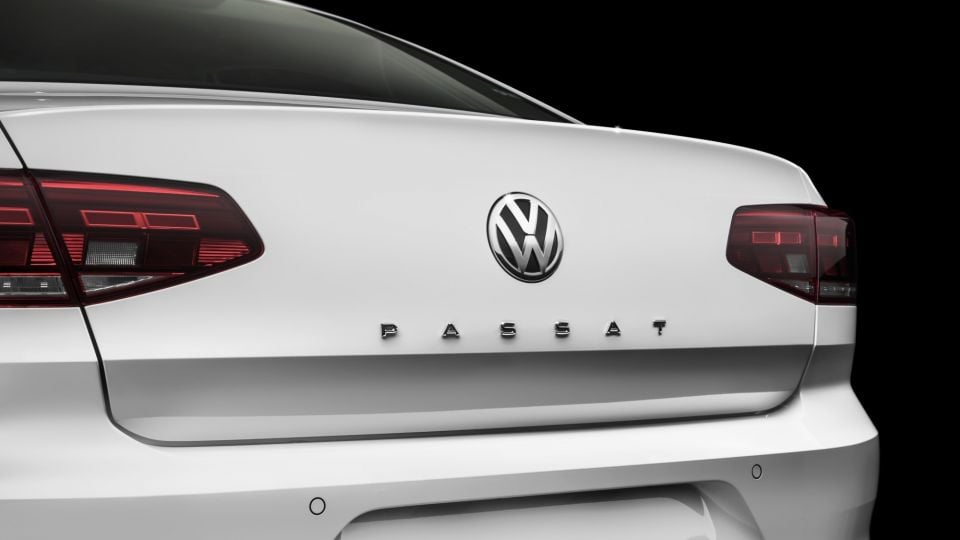

News Editor
Volkswagen will sell a next-generation Passat alongside the Arteon and a new mid-sized electric car based on the ID Vizzion concept.
Autocar reports the next, ninth generation of the European Passat – internally called the B9 – will be launched in 2023 and share its underpinnings with the Skoda Superb.
It’s expected to be longer, wider and have more of an emphasis on practicality than the current car, with the Arteon satisfying more style-conscious buyers.
That means it could feature similarly conservative styling to the current model, despite some rivals adopting increasingly rakish silhouettes – see the upcoming Hyundai Sonata and its Kia K5 cousin.
The B9 range will use an updated version of the current model’s MQB platform and will include mild-, plug-in and diesel hybrid models, 5G connectivity, and level 3 autonomous driving technology.
An Alltrack model is still planned, while the B9 will also reportedly support a fully-electric drivetrain despite the imminent arrival of a production ID. Vizzion.
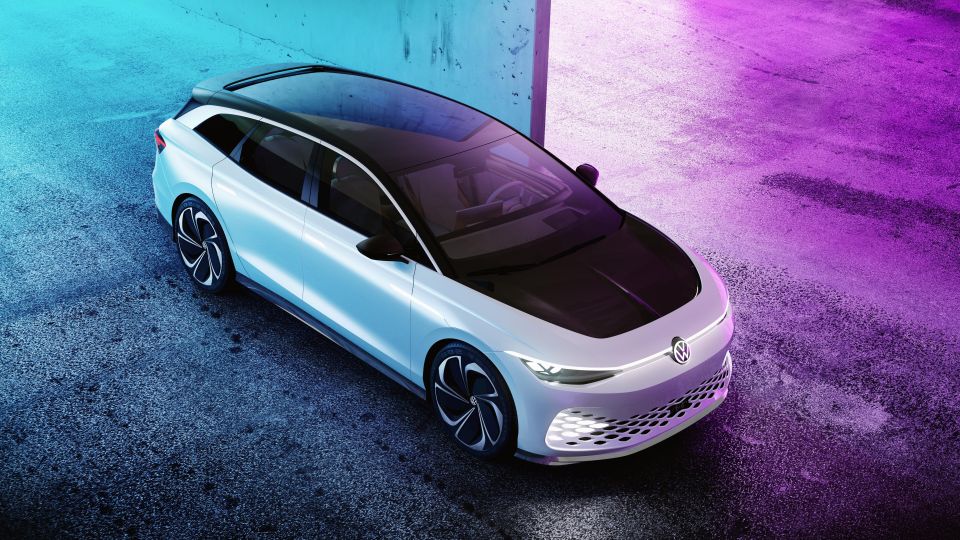
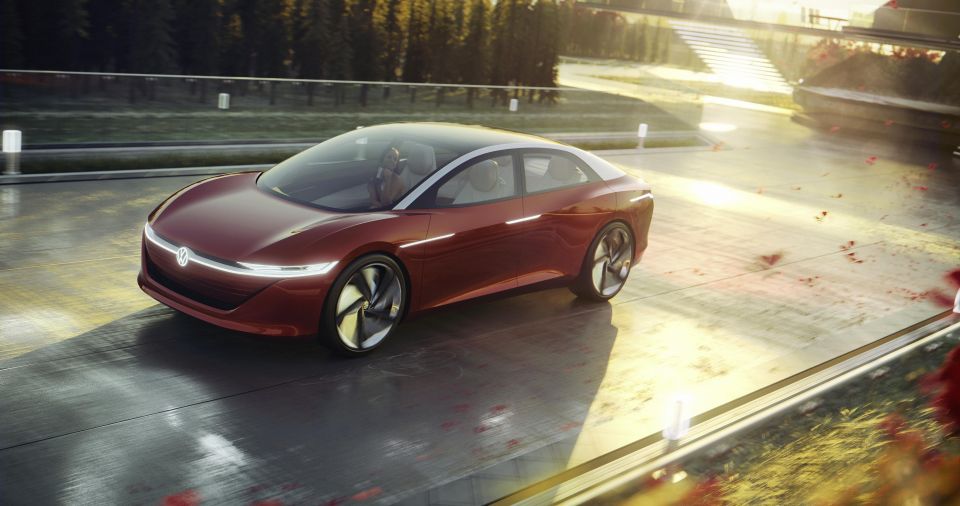
The ID. Vizzion and ID. Space Vizzion concepts – first revealed at the 2018 Geneva and 2019 Los Angeles motor shows, respectively – will reach production in 2023.
They’re expected to offer spacious cabins not just because of their battery-electric platform, but also because the concepts were enormous – at 5164mm long and 1948mm wide, the ID. Vizzion was the size of a regular-wheelbase Audi A8.
The B9 Passat is expected to be built alongside its Superb platform-mate, spelling the end of Passat production at the Emden, Germany plant where it’s been built for 36 years.
In a reflection of Volkswagen’s commitment to electric vehicles and buyers gravitation towards SUVs, Emden will be home to European production of the upcoming ID.4 SUV.
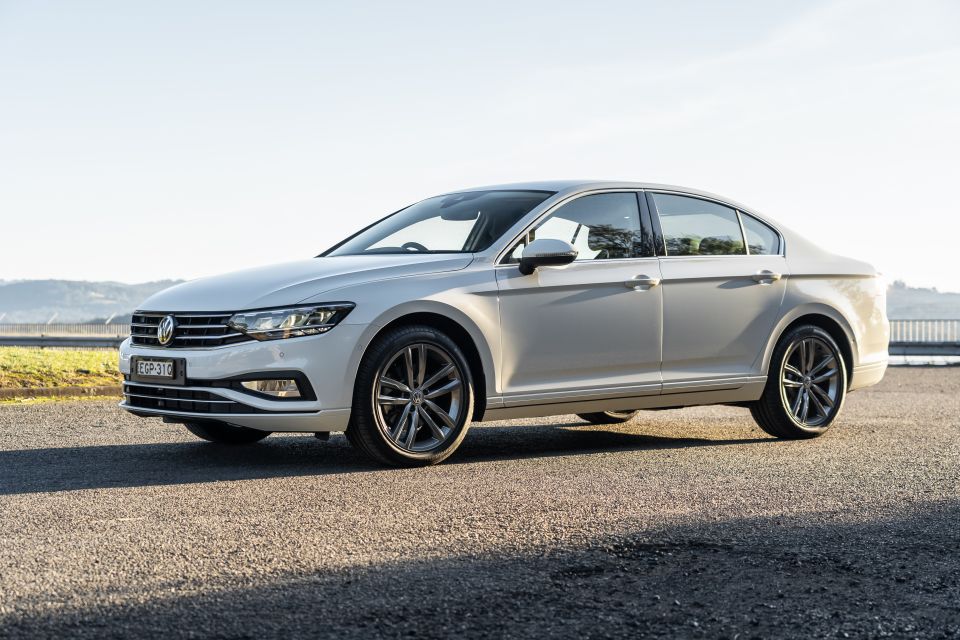
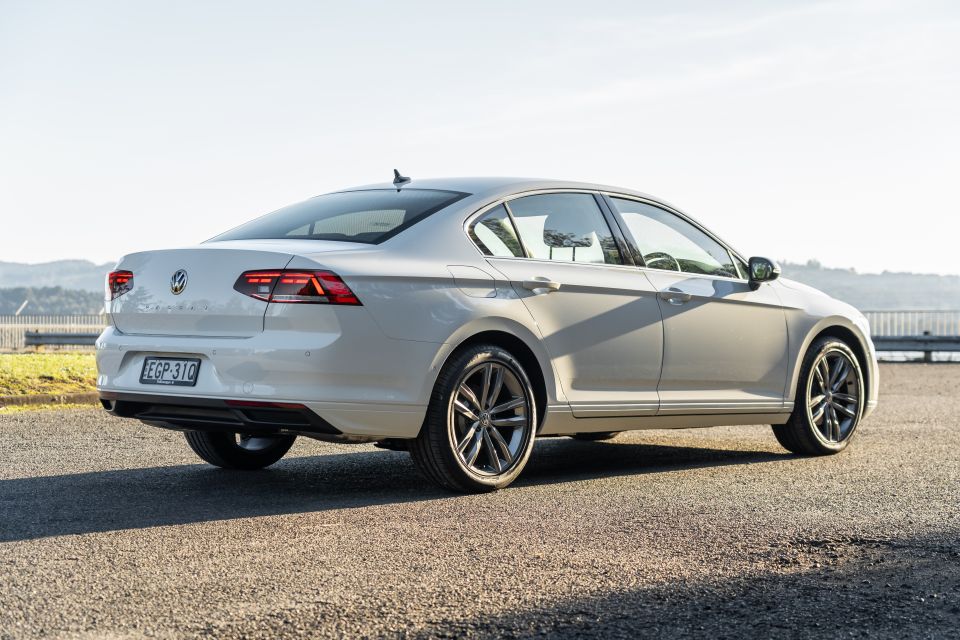
The Passat was reportedly at risk of not surviving for a ninth generation.
Volkswagen Group chairman Herbert Diess told Autocar earlier this year, “I’m not sure we need three models of similar size that all compete in the same segment. We will have to look closely at how we progress with the Passat.”
That was despite the Passat having been continuously offered since 1973, selling over 30 million units since then, and being one of the best-selling models in the European D-segment.
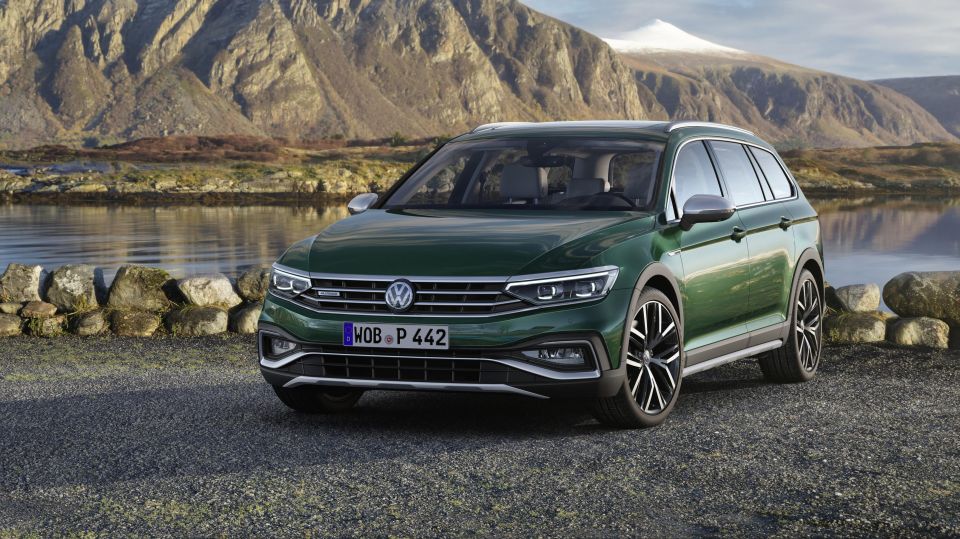

Though last year it was outsold by the Mercedes-Benz C-Class and is jockeying with the BMW 3 Series for the top spot this year, the Passat is far and away the strongest-selling D-segment model from a mainstream brand in Europe.
It outsold the next best – the Skoda Superb – by almost two-to-one last year. Nevertheless, Volkswagen management reportedly had concerns about the Passat’s performance in other global markets.
In Australia, for example, Volkswagen sold just 1040 Passats last year – 1/16th of the Toyota Camry’s sales volume in a segment that was also down by almost 10 per cent. It only narrowly outsold the Skoda Superb, which is classified as a large car.
Volkswagen Australia remains committed to the Passat, however, and is expanding the local range considerably next year.
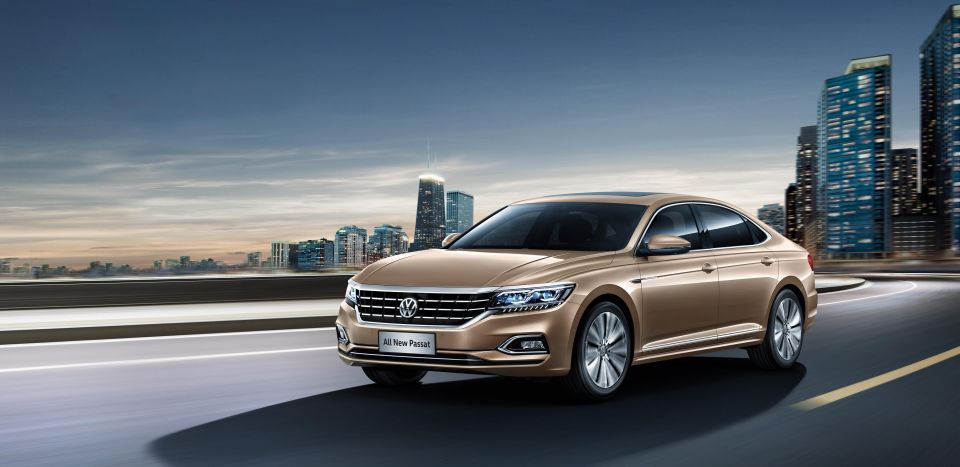

The MQB-based B9 will spell the end of the parallel US-market Passat which still uses the older PQ46 platform that underpinned the sixth-generation Passat.
This model was previously offered in China, too. It was replaced for 2019 by a new model (above), also badged Passat, which is manufactured by SAIC-Volkswagen and uses the MQB architecture.
Volkswagen also sells the European Passat in China as the Magotan, plus an even larger MQB-based sedan called the Phideon.
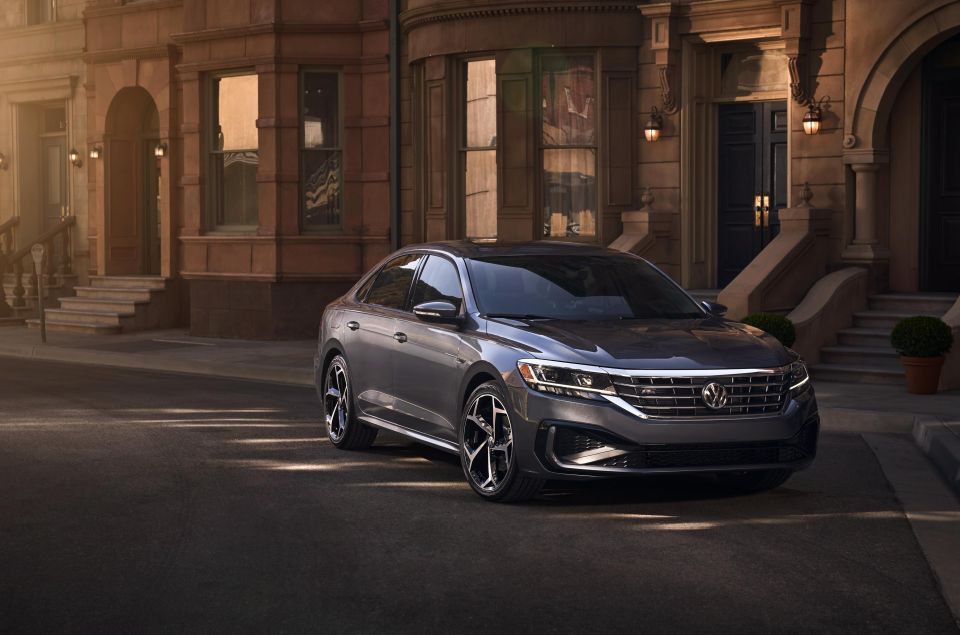
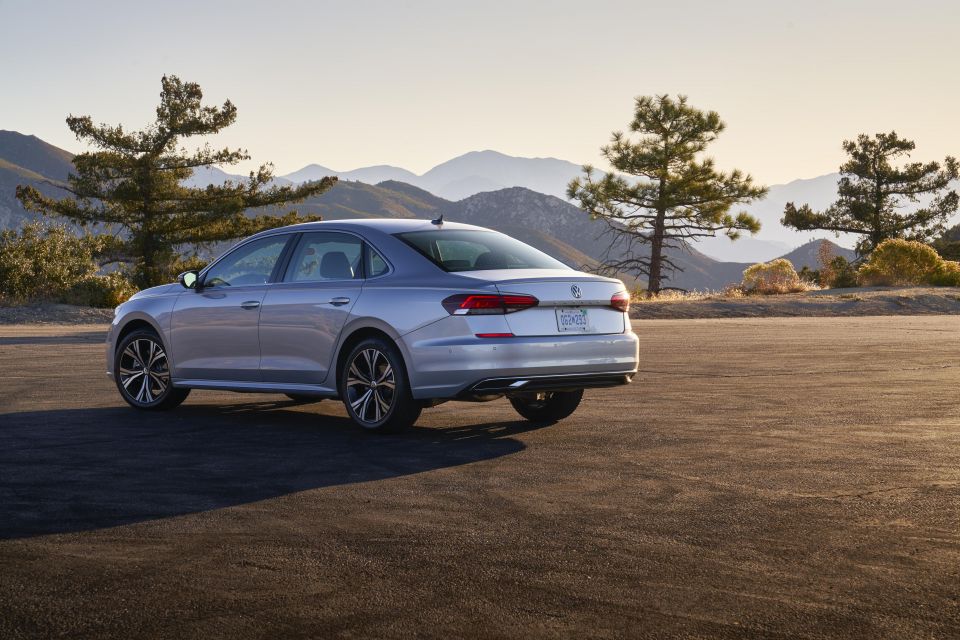
The Passat line is doing poorly in the US.
It retained the older PQ46 platform there in order to keep prices down but that hasn’t stopped sales from plummeting from 117,023 units in 2012 to just 14,123 last year. That put it well below all non-luxury brand mid-sizers except the now defunct Buick Regal (Holden Commodore/Opel Insignia).
A facelift for the 2020 model year (above) could slow the bleeding, but the mid-sized segment is declining in the US and some brands like Ford and Buick are pulling out of it altogether.
Take advantage of Australia's BIGGEST new car website to find a great deal on a Volkswagen.
William Stopford is an automotive journalist based in Brisbane, Australia. William is a Business/Journalism graduate from the Queensland University of Technology who loves to travel, briefly lived in the US, and has a particular interest in the American car industry.


Max Davies
6 Days Ago


Josh Nevett
5 Days Ago
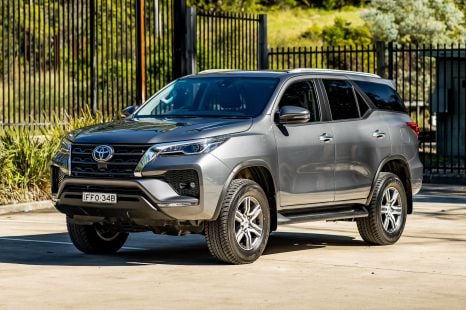

Matt Campbell
4 Days Ago
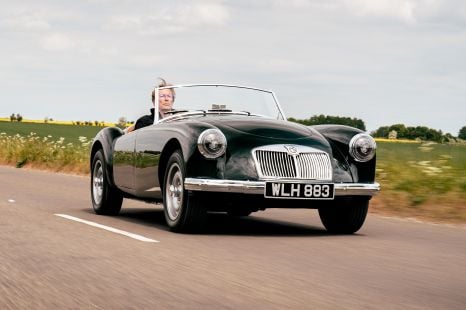

Angus MacKenzie
3 Days Ago
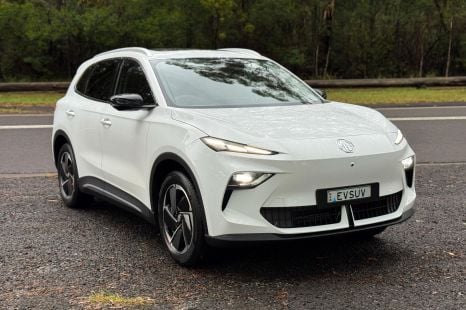

Matt Campbell
2 Days Ago
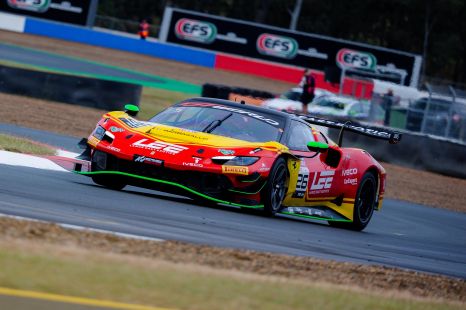

Alborz Fallah
19 Hours Ago